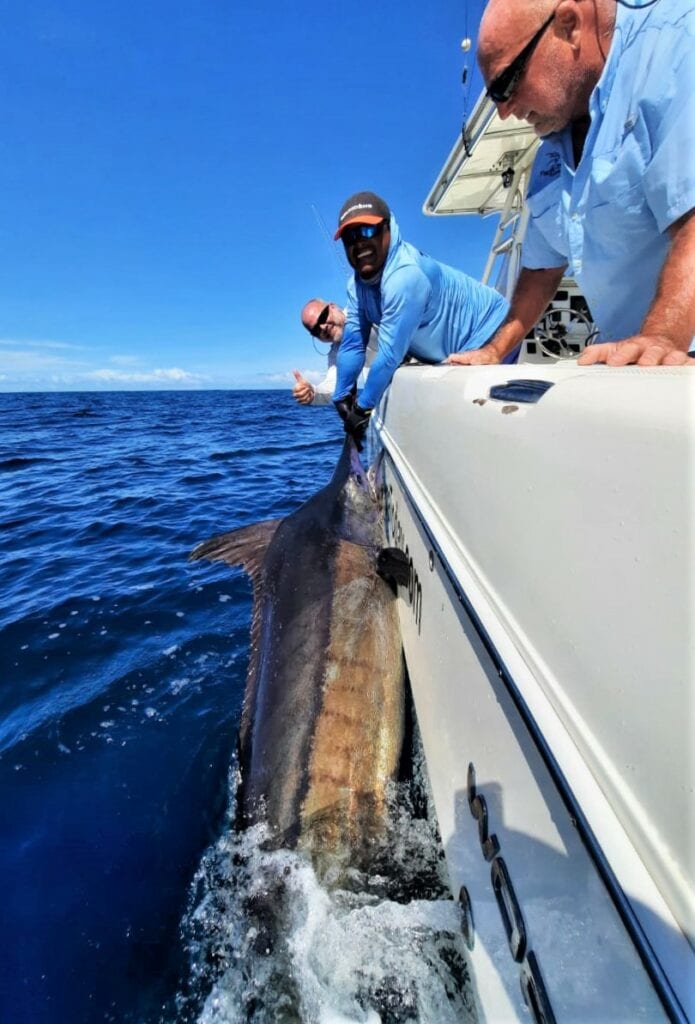In the world of sport fishing, there are two primary goals: catch to eat or catch and release. Not every fish that you catch has to be kept, especially if there are fishing regulations that prohibit this practice. You might also catch and release a fish because you don’t have room to store it in your cooler or to conserve native fish species.
This article describes how to catch and release fish to minimize stress and injury to the fish while allowing them to live safely and humanely.
Use the Right Fishing Tackle
When you’ve committed to catch-and-release fishing, it’s essential to use the right tackle and appropriate fishing methods. Use equipment that has enough power to catch the fish quickly to reduce stress on the fish. Avoid using artificial baits and scented baits that entice fish to swallow the hooks. Artificial lures and flies can hook the fish in the lip and make removing it easier after your catch. Single, barbless hooks can also help reduce injury to the fish.
How to Grab a Fish You’ve Caught
Pay close attention to your line or rod so that fish are less likely to swallow the hooks. Make your catch as quickly as possible and grab the fish firmly, yet gently, to keep it calm and wet. Keep your hands wet while handling the fish, or wear gloves so that it doesn’t lose an excess of protective mucous in the Gulf of Chiriquí and Hannibal Bank.
How to Hold a Fish and Remove the Hook
The tricky part of catch-and-release fishing is removing the hook since you’ll need to act calmly and quickly. Keep the fish in water and hold the fish upside down to remove the hook easily. You can use hook removers and needle-nose pliers during this process.
Keep your fingers away from the fish’s eyes and gills. If the fish seems exhausted from fighting you, place it in the water facing the current. Put one hand under its belly and the other hand on the fish’s bottom lip or tail.
Letting Your Fish Go
To give your fish the best chance of survival, hold it underwater and upright to let it recover before releasing it. Make sure that the fish is breathing and getting its strength back. Then, let the fish swim away on its own rather than tossing it back into the sea. Move to calmer waters if the flow is strong where you currently are to make swimming easier for the fish.
Learn Catch and Release Fishing with Us
There are certain types of fish that we always practice catch and release for, such as billfish and roosterfish. We understand the importance of species conservation for other species of fish and only keep the fish we intend to eat.
We look forward to showing you the best catch-and-release fishing techniques when you reserve a Boca Chica fishing charter or stay with us at our sport fishing lodge. Book your trip today!
 (866) 245-1492
(866) 245-1492 

